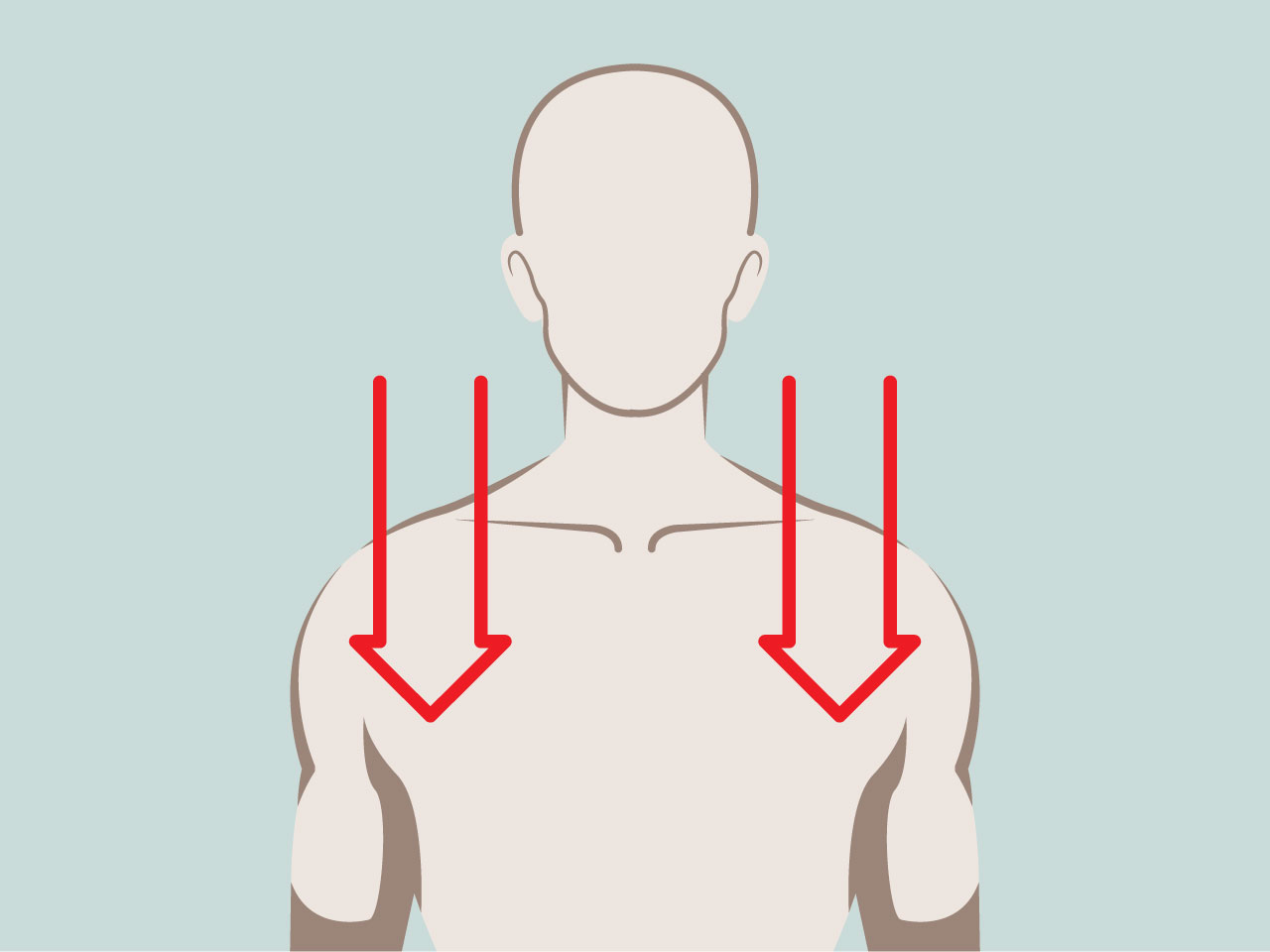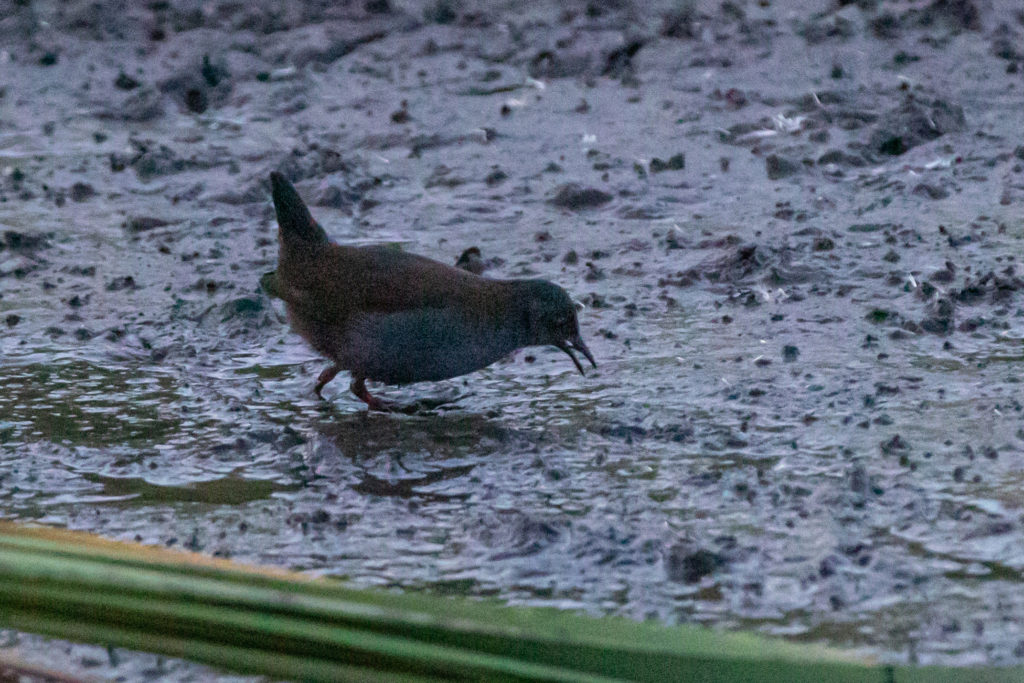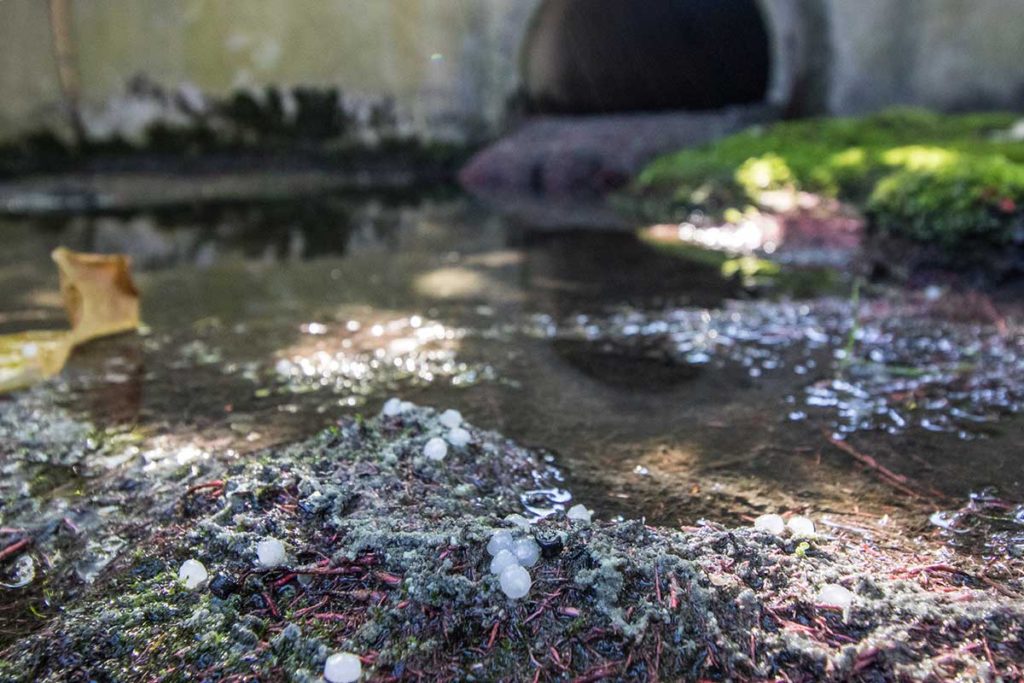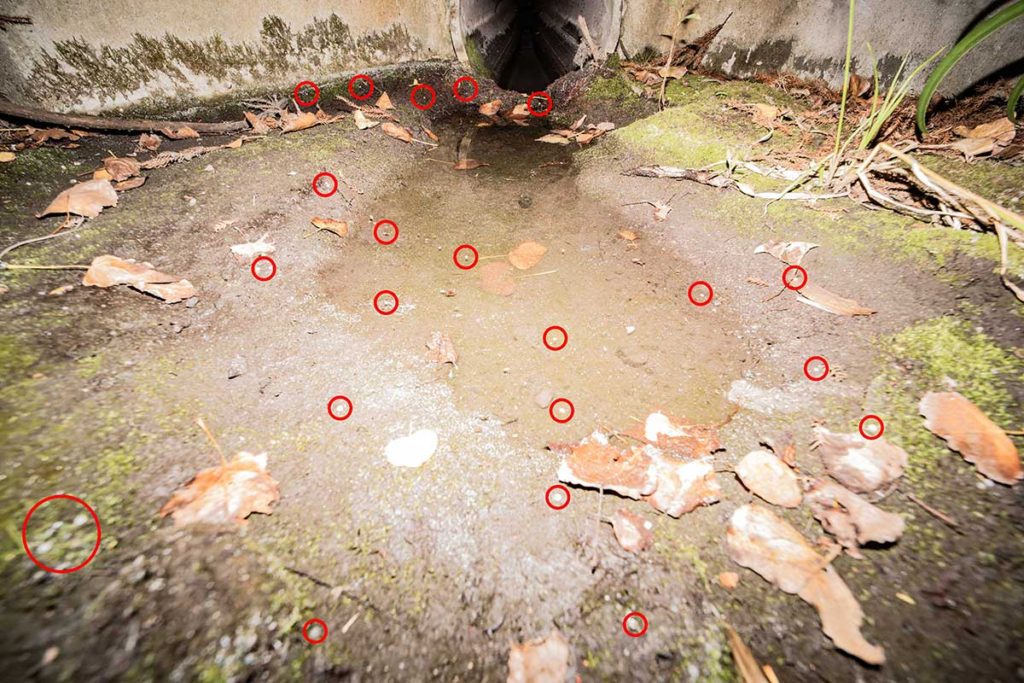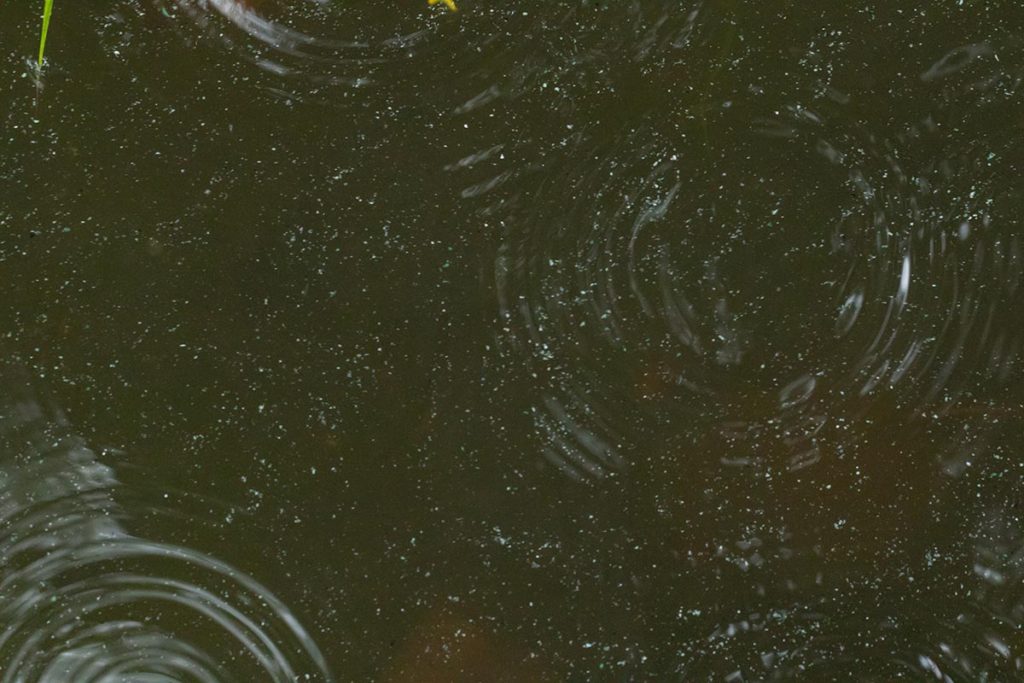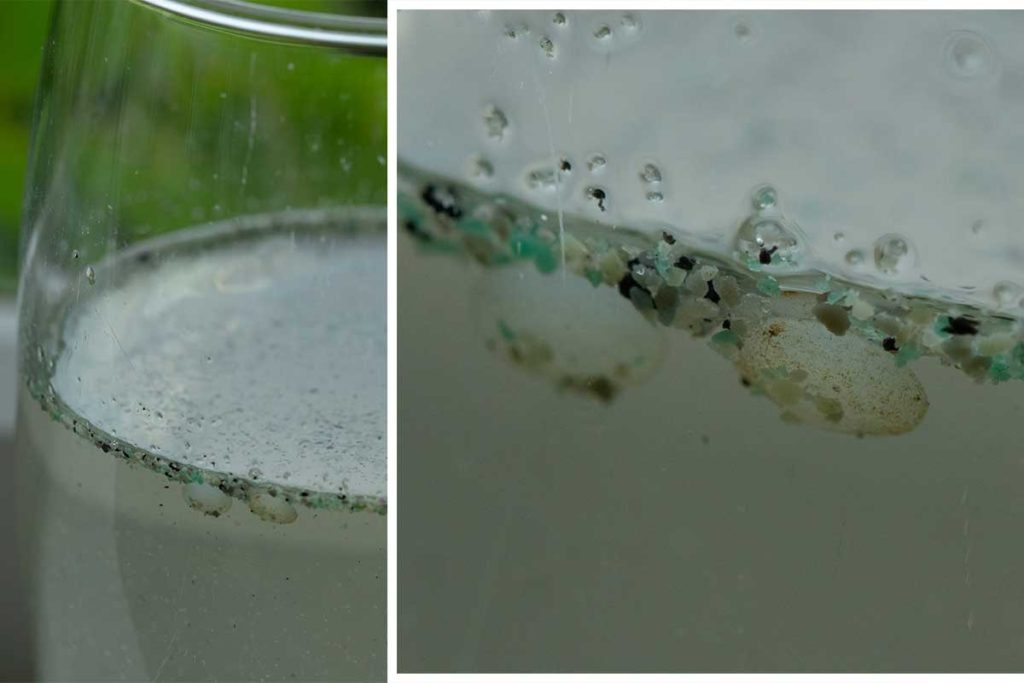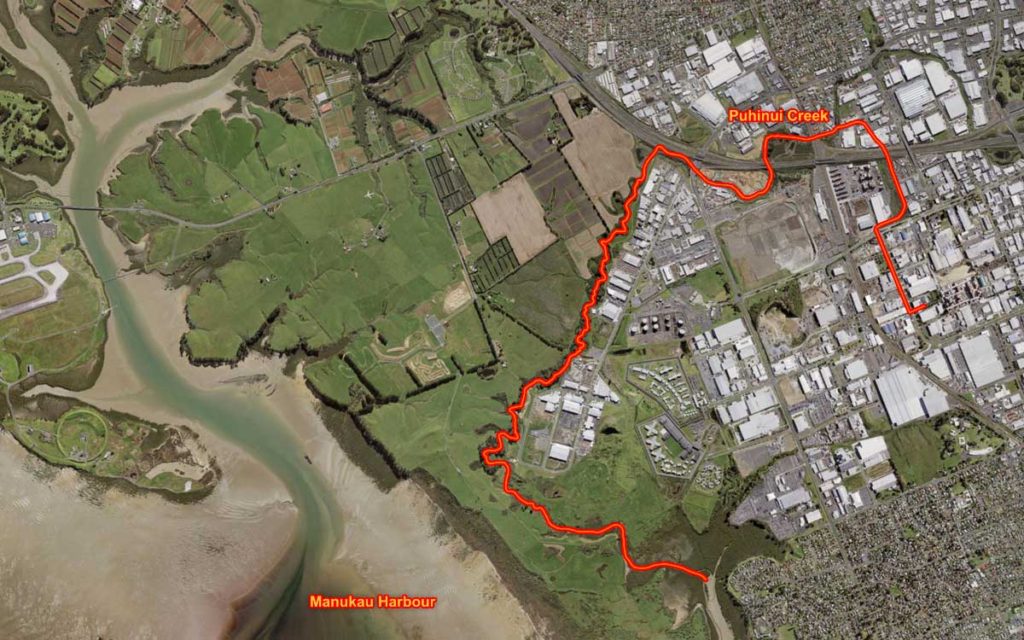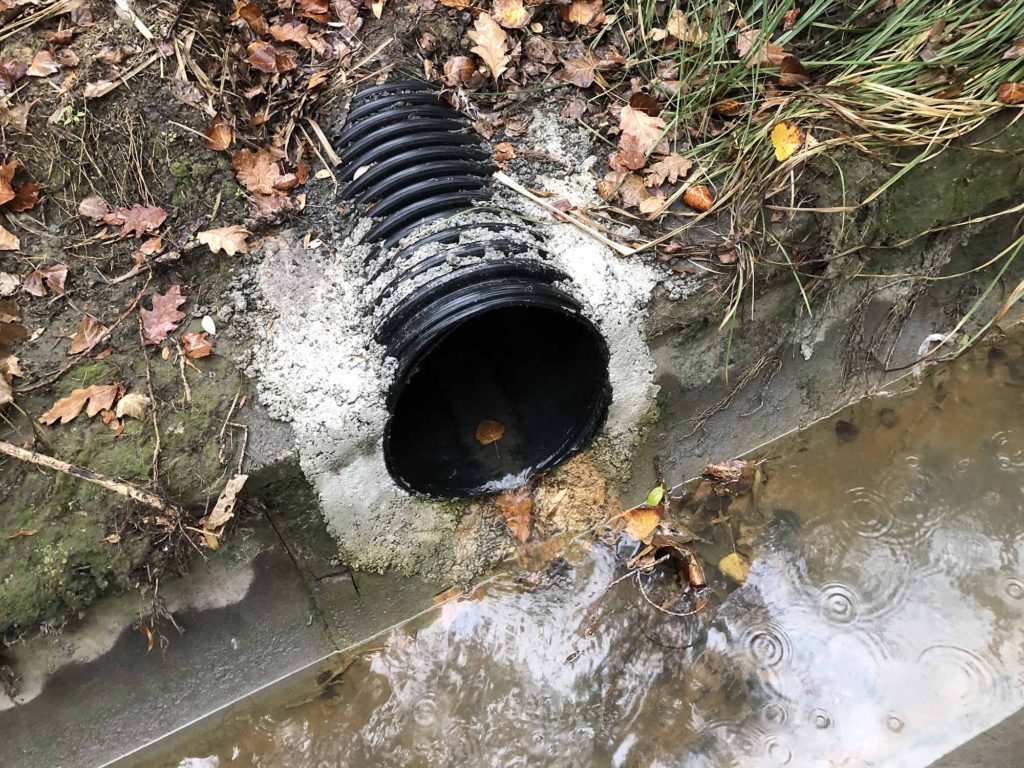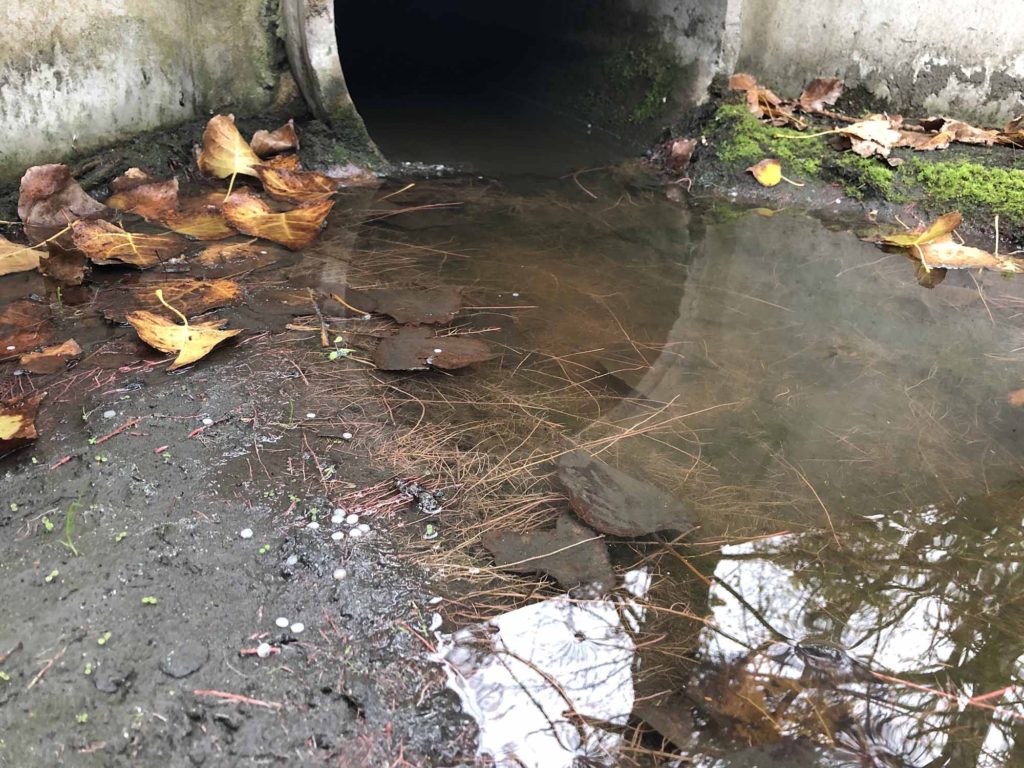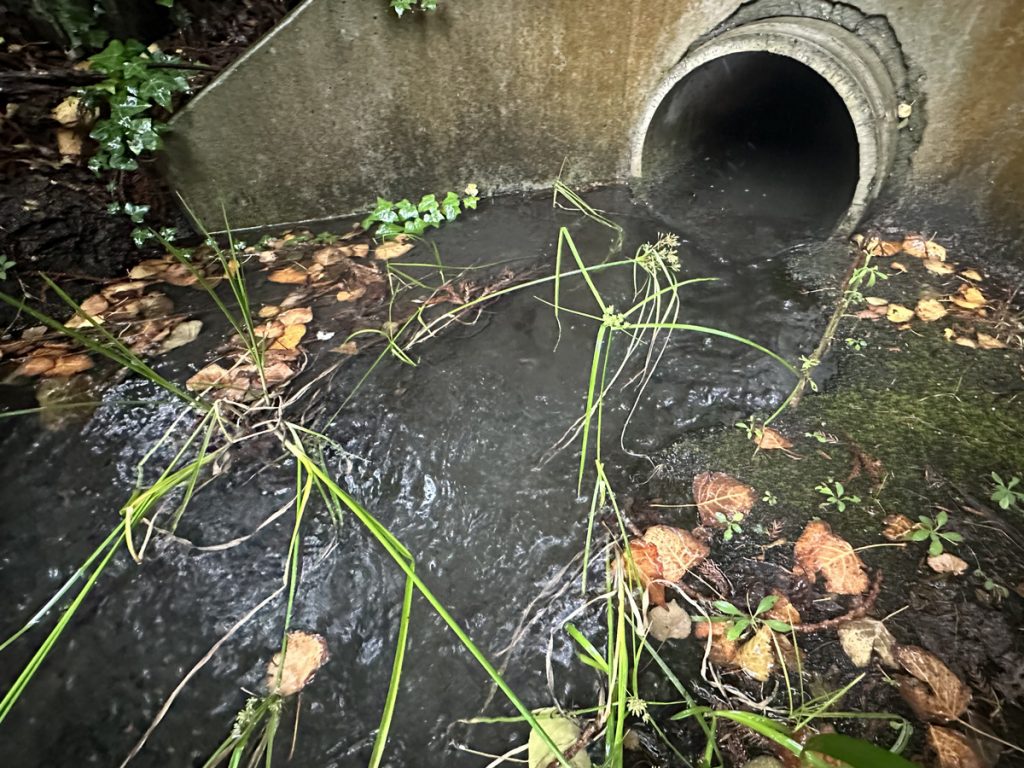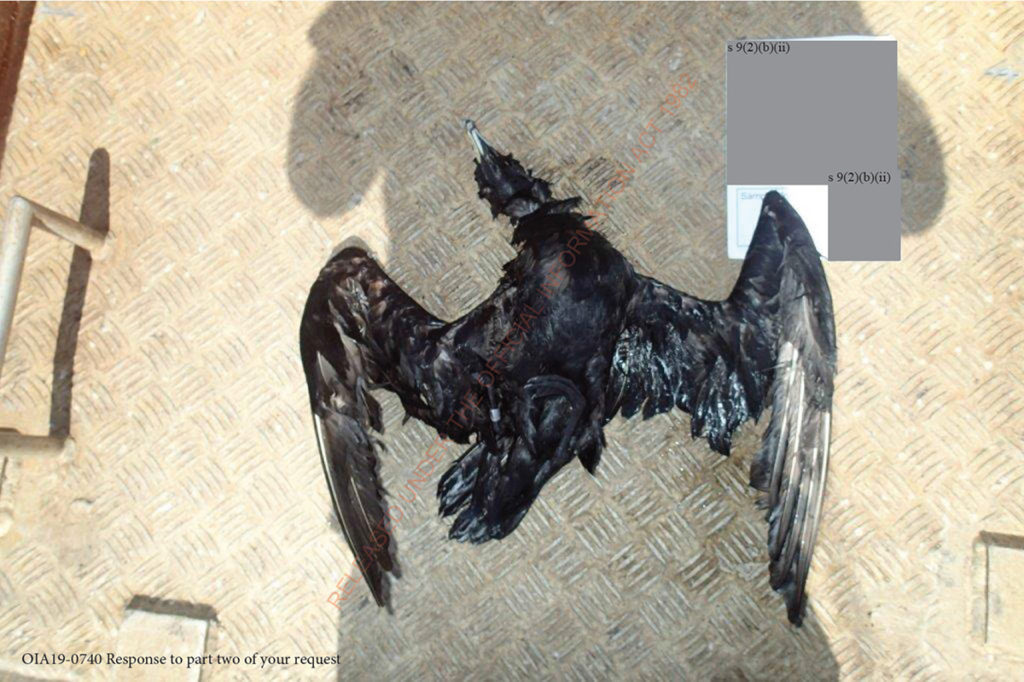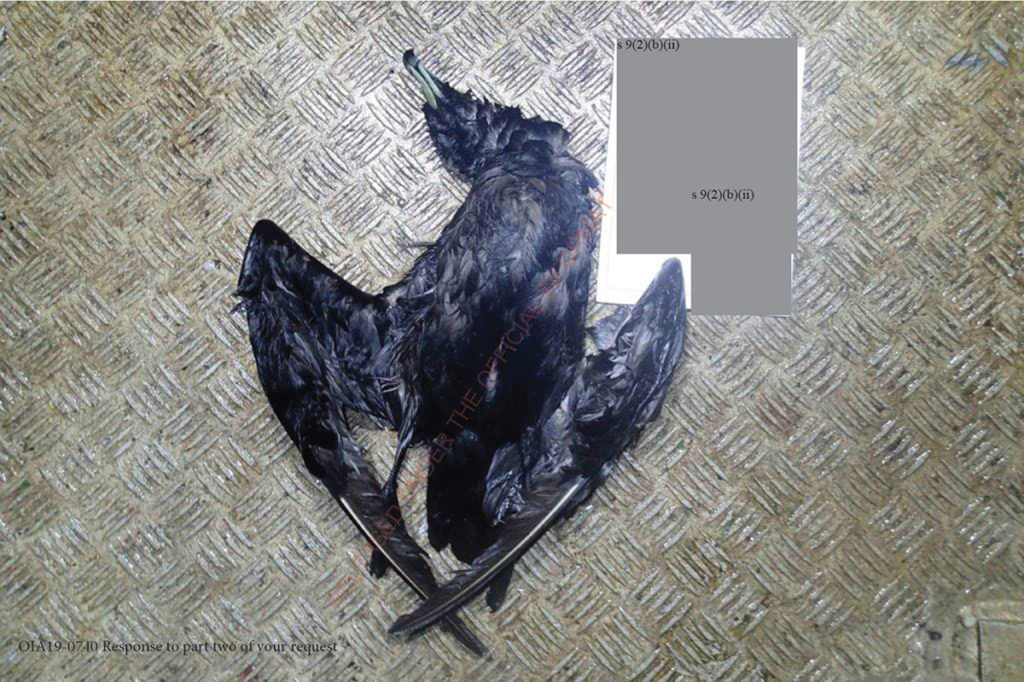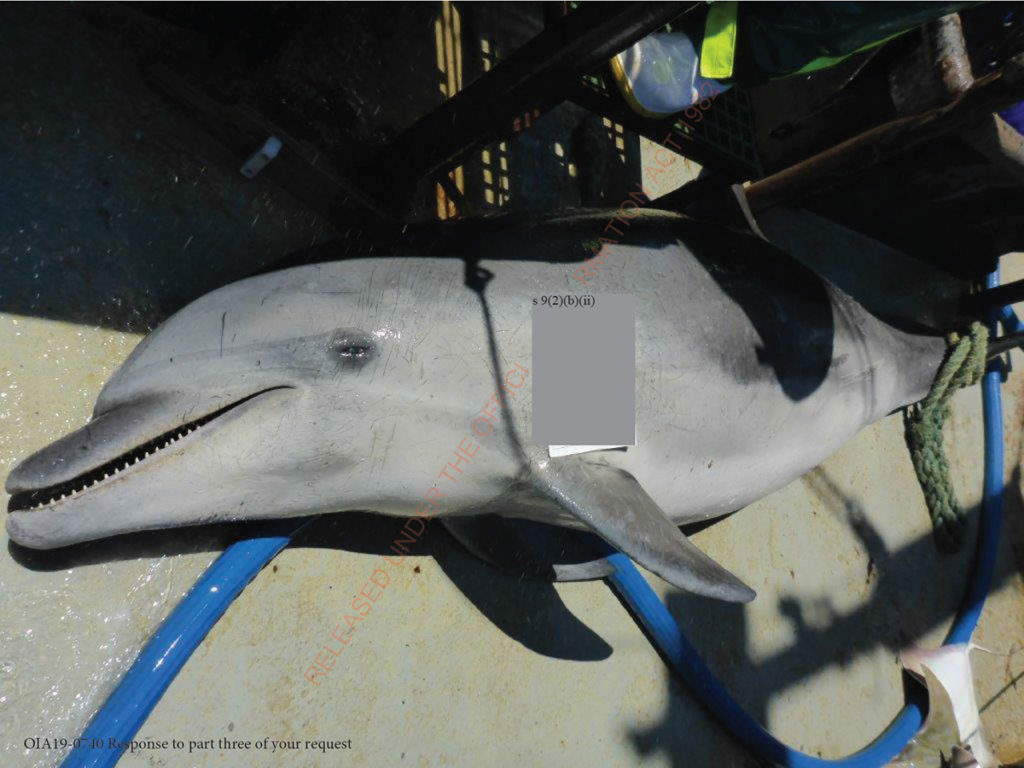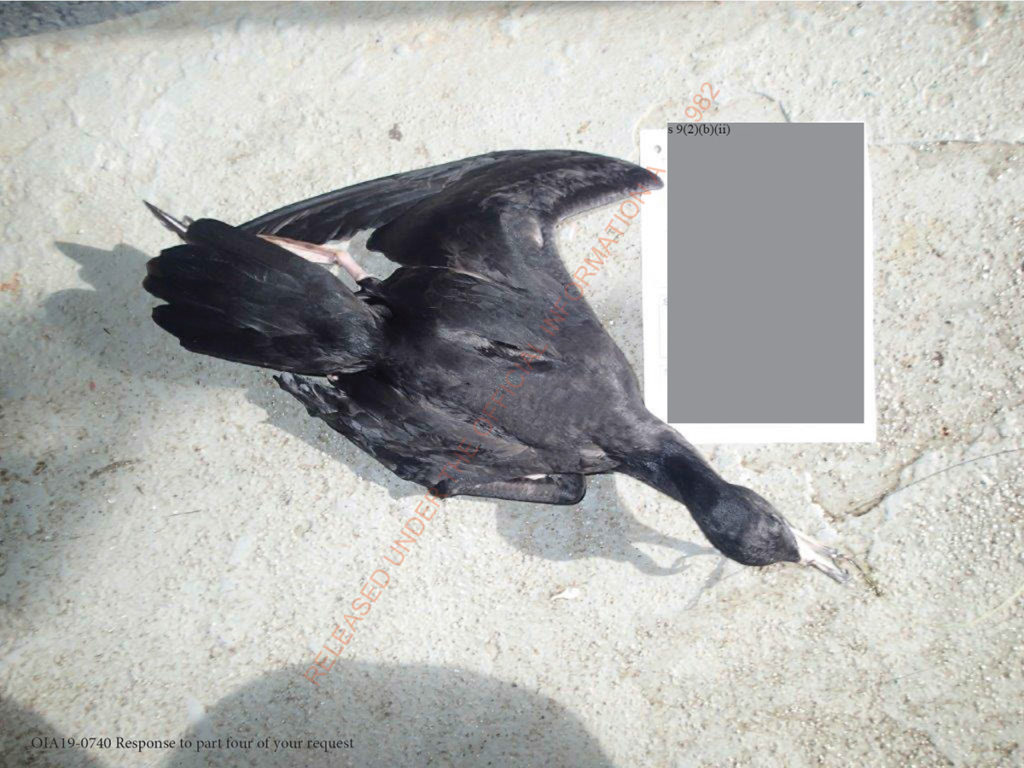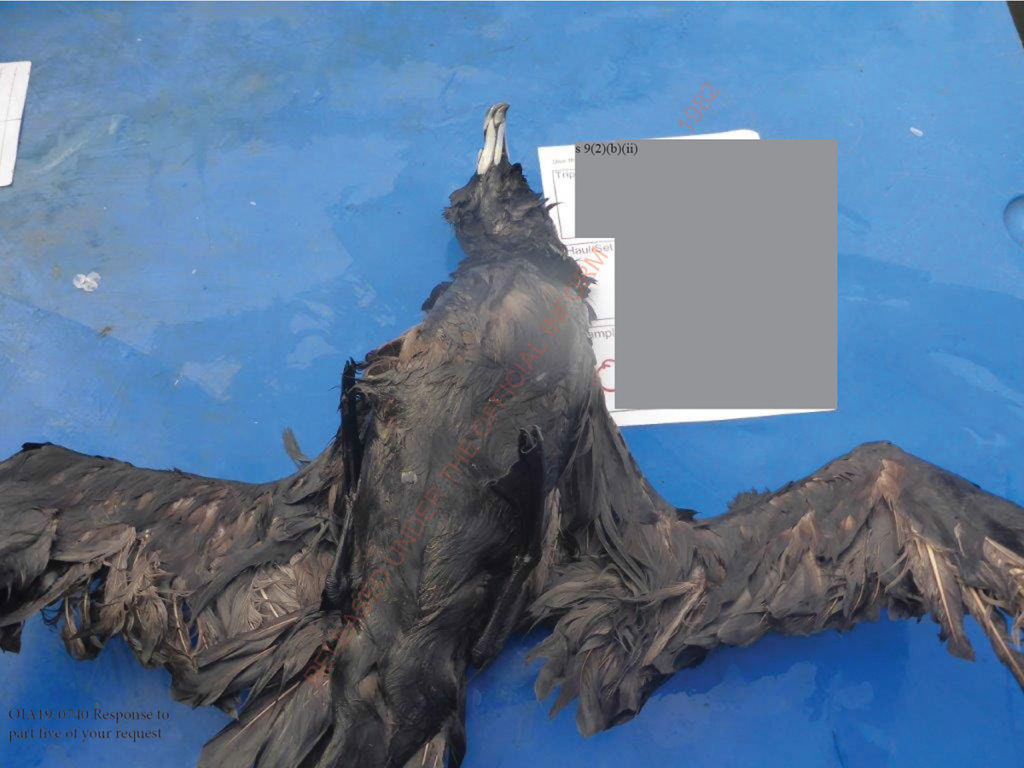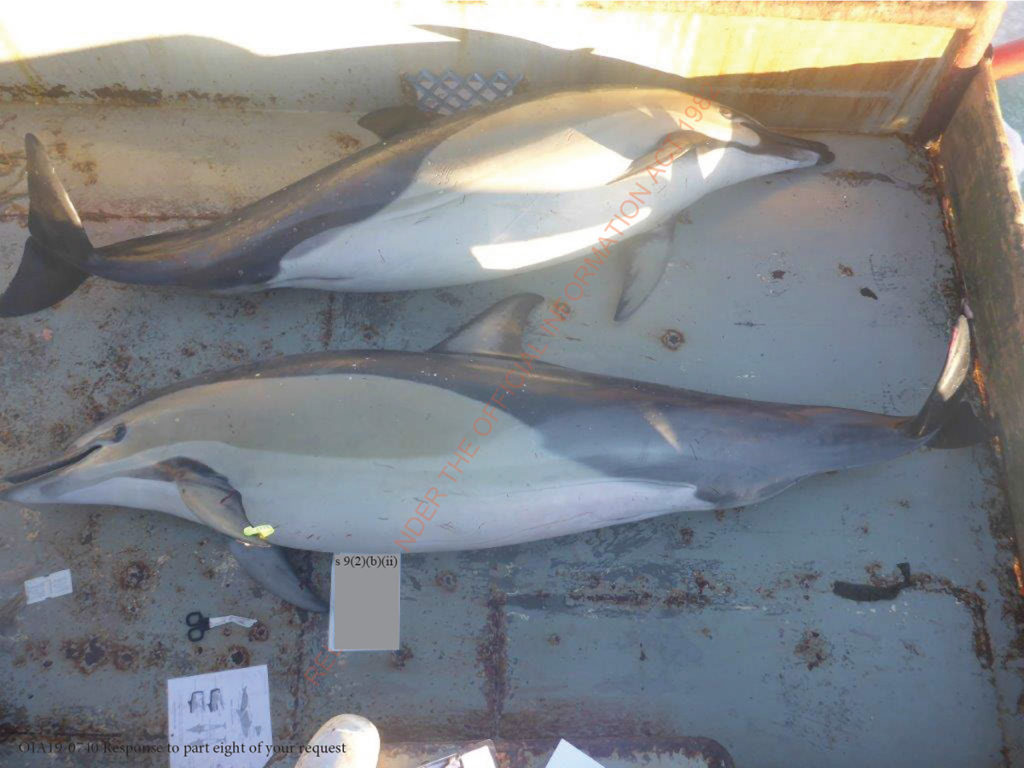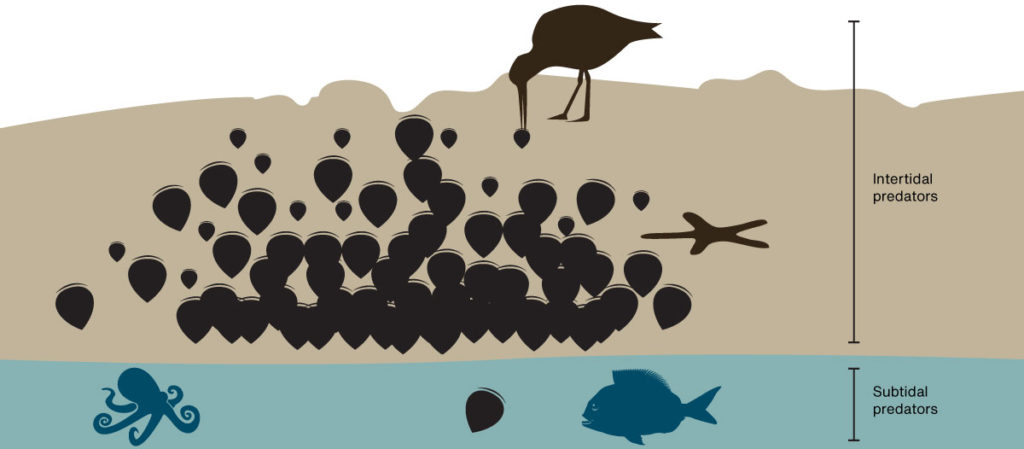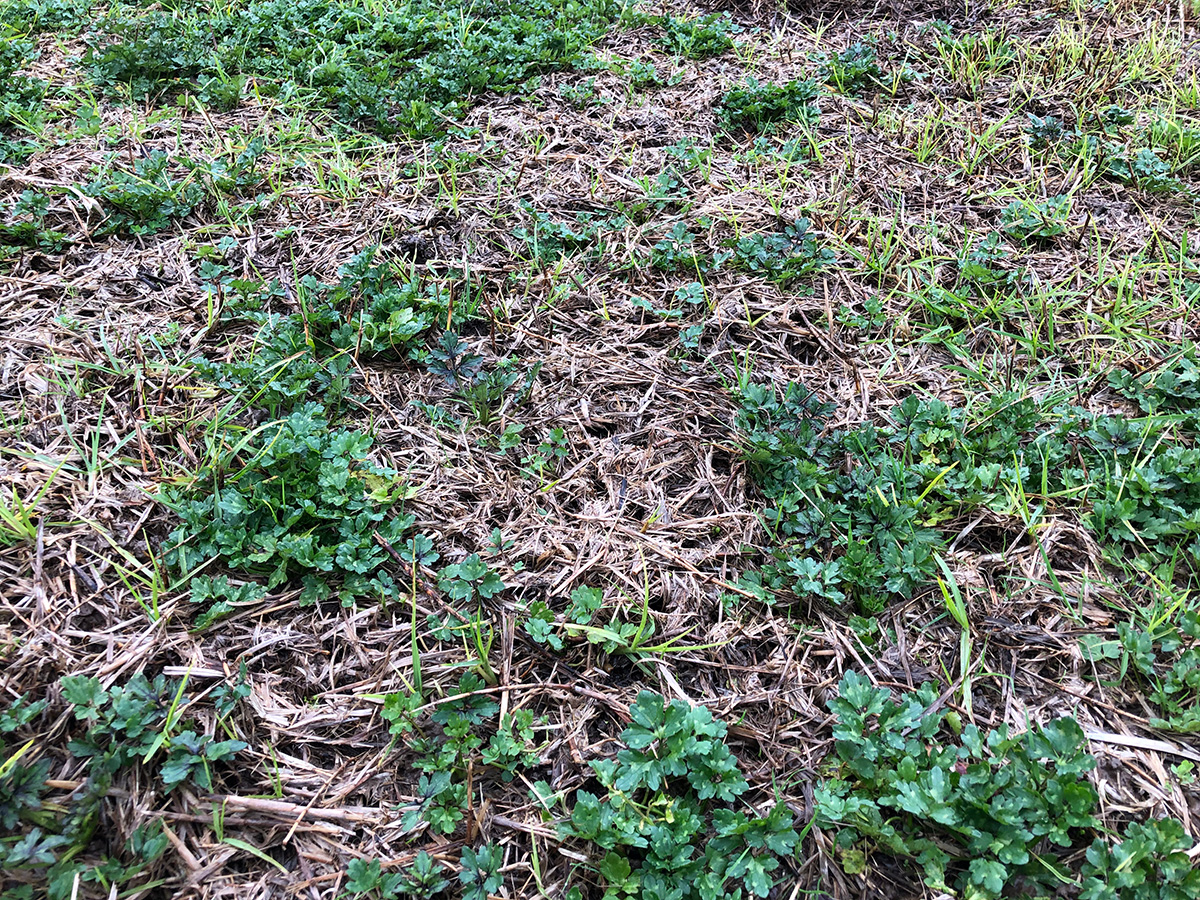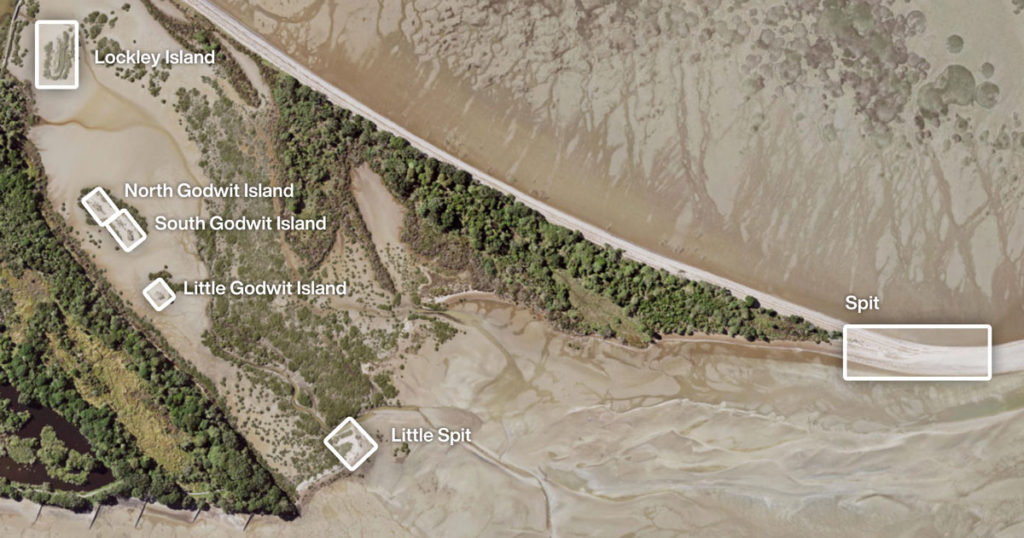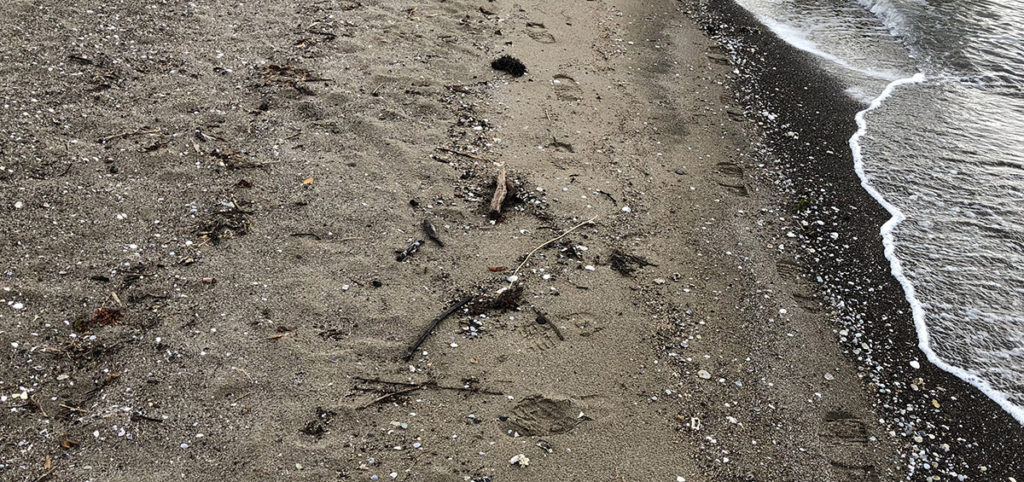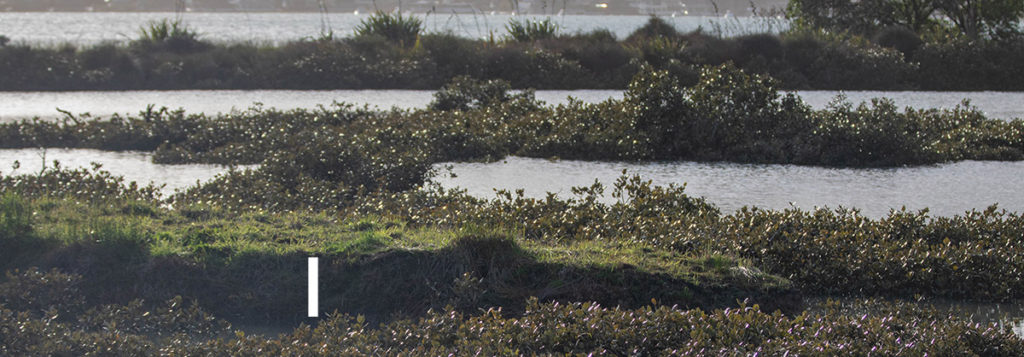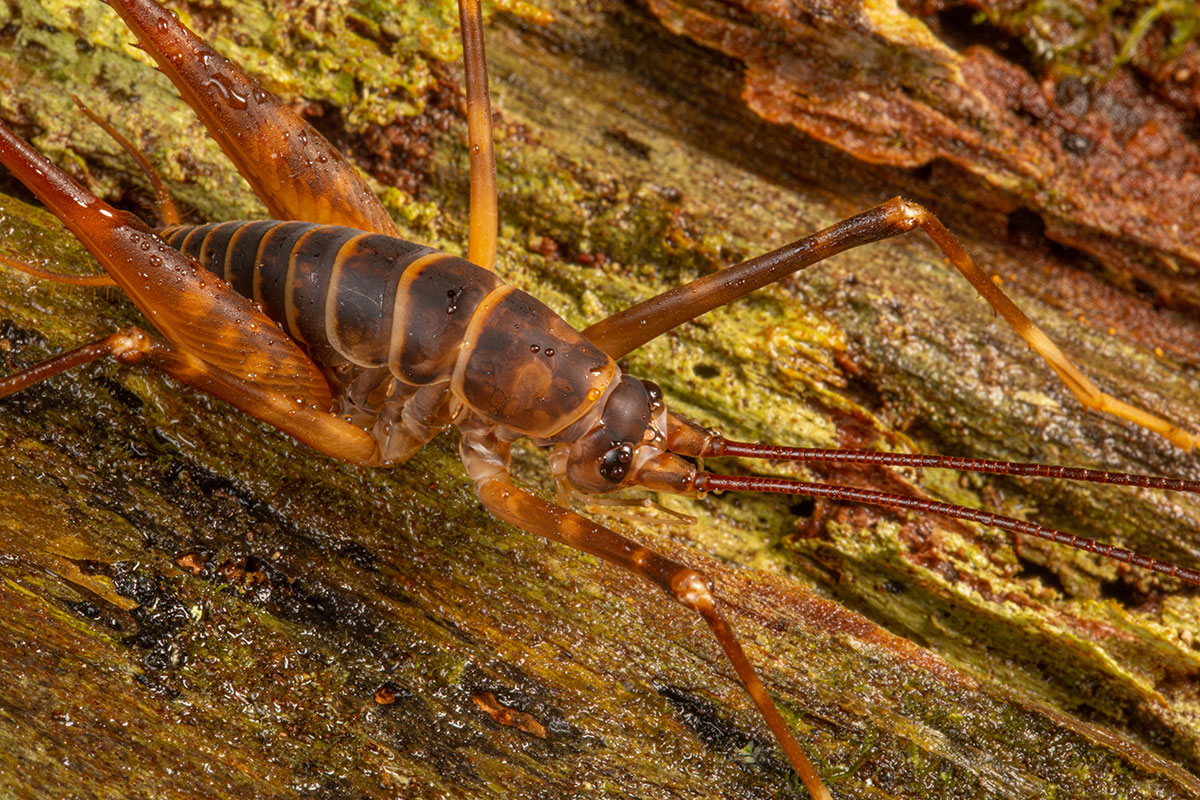This is completely off topic but I have to blog it somewhere just incase it helps others.
For the last twenty years I have suffered from Repetitive strain injury (RSI) or Occupational overuse syndrome (OOS). It has always affected how much time I can spend working on the computer. It started in my forearm then eventually moved to my bicep which was quite debilitating.
These are the things I have tried that helped a little:
- Stretches
- Ice pack / Heat pack
- Plunge arm in ice water for 10 mins
- Home massage (machine)
- Yoga and posture exercises
- Work everyday until 5 but do 50% breaks
- Less coffee
- Solid pillow
- Sleeping on my back
- Standing desk
- Pain killers/ anti-inflammatories
- Reverse exercises
- Left arm for computer
- Micro pauses
Here are the things I tried that did not work:
- Physio massage
- Chiropractor
- Thai stretching massage
- Splint
- Acupuncture
- Pillow between legs
- Iron/ vitamin C
- Magnesium
- Glucosamine, chondroitin and MSM
I now have it 100% under control and it has very little impact on my life as long as I:
- Do the stupidest stretch in the world, I just pull my shoulders down (as illustrated above) multiple times a day
- Go for short (10 minute) runs a couple of times a week
- Drink more water than my body wants
- Sleep on my side with the arm I am lying on stretched out under my pillow
These things all help with increasing blood flow to the areas where the pain was coming from. I think lack of blood flow was causing my pain.
